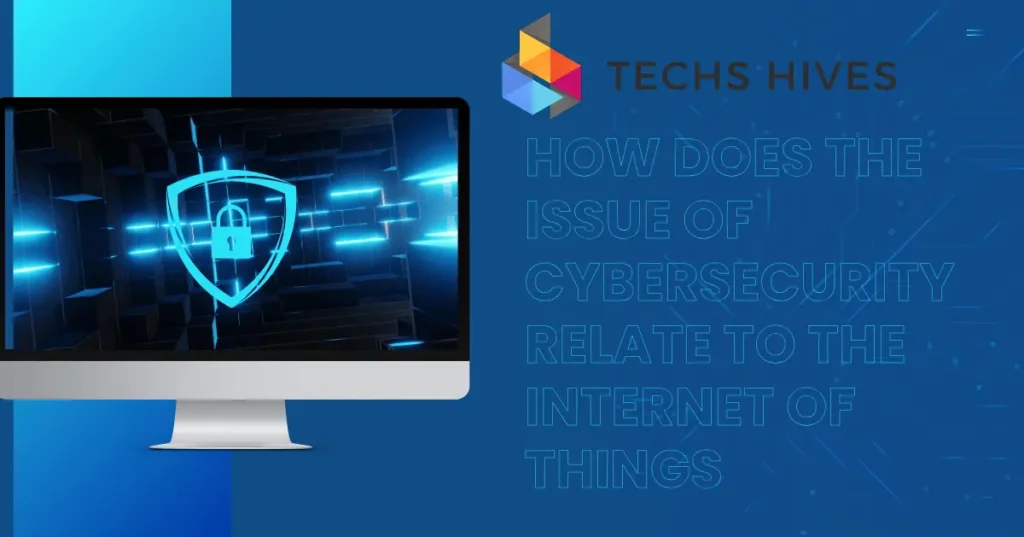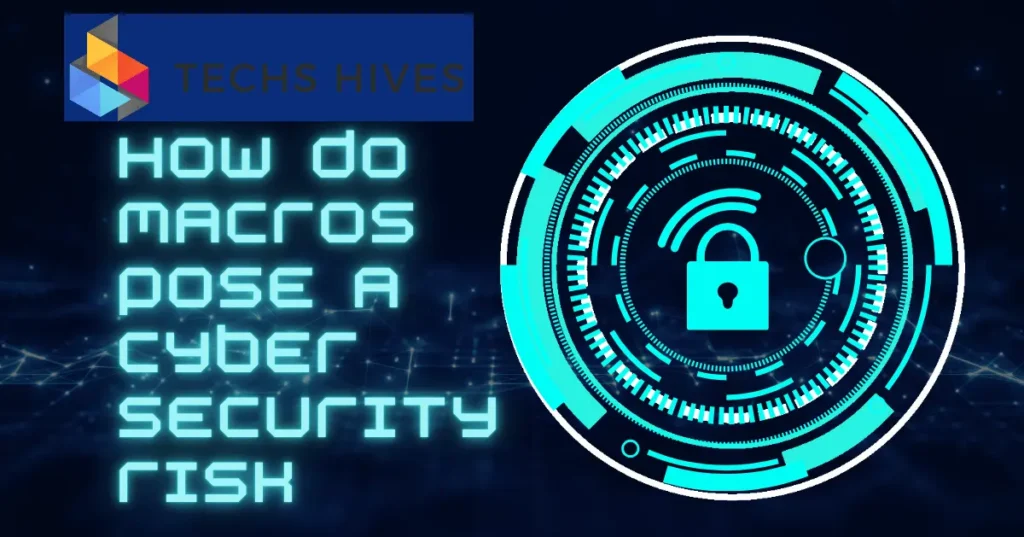Cybersecurity is the practice of protecting systems, networks, and data from attacks or unauthorized access. It involves measures like firewalls, encryption, and secure passwords to keep information safe. Cybersecurity helps prevent hackers from stealing sensitive data or disrupting services.
The Internet of Things (IoT) refers to everyday devices that connect to the internet, like smart home appliances, wearables, and industrial machines. These devices can communicate with each other and share data. IoT makes life easier by automating tasks, but it also creates new risks because each device can be a target for cyber attacks.
Table of Contents
The Interconnection of IoT Devices
The interconnection of IoT devices refers to how smart devices, such as smart thermostats, security cameras, wearable fitness trackers, and home assistants, communicate with each other through the internet. These devices collect and share data, allowing users to control them remotely from one platform, like a smartphone or smart hub. This system is designed to simplify tasks and increase efficiency in everyday life.
For example, IoT devices can adjust a home’s temperature before you arrive, monitor security cameras, or even track your daily health data. They create an automated environment that enhances comfort, convenience, and decision-making. By working together, these devices provide a seamless experience, making tasks like managing energy usage or monitoring health more efficient.
However, this interconnectedness also introduces significant security risks. If one device in the network has weak security, it can expose the entire system to cyber threats. Hackers can potentially gain access to sensitive data or control other devices in the network. This makes it vital to implement strong security measures like encryption, secure passwords, and regular updates across all connected devices.
Cybersecurity Challenges in IoT
Weak Security in IoT Devices
Many IoT devices, such as smart home gadgets and industrial sensors, have weak security features. Manufacturers often prioritize ease of use and affordability over robust security measures, leaving devices vulnerable to cyber attacks. These devices can be easily hacked, allowing attackers to access data or even control the devices.
Lack of Standardization
A significant challenge in IoT security is the lack of standardization across devices. IoT products come from various manufacturers, each with different levels of security protocols. This inconsistency creates gaps in security, making it easier for hackers to exploit vulnerable devices. The absence of universal security standards leaves IoT networks exposed.
Outdated Software and Updates
Another issue is that many users do not regularly update their IoT devices. Outdated software can contain known vulnerabilities that hackers can exploit. Manufacturers sometimes fail to provide timely updates, further increasing security risks. Regular software updates are essential to patch these vulnerabilities and keep devices secure.
Data Privacy Concerns
IoT devices collect vast amounts of personal data, such as health information, location details, and usage patterns. If these devices are compromised, sensitive data can be stolen or misused. Data privacy is a significant concern in IoT, and it requires strong encryption and careful data management to ensure user information is protected.
Impact of Cyber Attacks on IoT
Device Manipulation and System Disruption
Cyber attacks on IoT devices can lead to device manipulation, allowing hackers to take control of smart devices. For example, attackers could disable security cameras, unlock smart doors, or manipulate industrial systems. This can result in physical security risks or disruptions to essential services. In industrial settings, such attacks could cause production halts or safety hazards.
Data Breaches and Privacy Violations
When IoT devices are hacked, sensitive data such as personal information, health records, and location details can be stolen. These data breaches can lead to identity theft, financial fraud, or the misuse of private information. The more IoT devices collect personal data, the greater the risk of severe privacy violations when these systems are compromised.
Financial Losses for Businesses
Cyber attacks on IoT networks can cause significant financial damage to businesses. Attacks can lead to downtime, loss of customer trust, and expensive recovery efforts. For companies that rely on IoT for operations, a breach could lead to production delays, lost revenue, and legal penalties if customer data is exposed. Businesses also face costs in upgrading security systems after an attack.
Widespread System Vulnerabilities
A single compromised IoT device can lead to broader network vulnerabilities. Once hackers gain access to one device, they may be able to infiltrate other connected systems, potentially affecting entire smart homes or industrial infrastructures. The interconnected nature of IoT makes it easier for attacks to spread, leading to widespread damage across systems.
Future Trends in IoT and Cybersecurity
Advancements in AI and Machine Learning for Security
Future IoT cybersecurity will see the increased use of AI and machine learning to detect and respond to threats. These technologies can analyze vast amounts of data in real-time, identifying unusual patterns or behaviors that might indicate a cyber attack. AI-driven systems will allow for faster, automated responses, reducing the time it takes to detect and mitigate threats.
Improved Device Authentication and Encryption
As IoT grows, better authentication methods and encryption techniques will become more common. Multi-factor authentication (MFA) and biometric security are expected to be standard features in IoT devices. Stronger encryption protocols will also be implemented to protect data as it moves between devices, ensuring that sensitive information remains secure even if intercepted.
Regulatory and Compliance Growth
Governments and regulatory bodies will likely impose stricter security standards for IoT devices. New regulations may require manufacturers to adhere to baseline security practices, such as regular software updates, secure passwords, and data encryption. This trend will push companies to prioritize cybersecurity during product development, making IoT devices safer for consumers.
Rise of Edge Computing for Enhanced Security
Edge computing will play a key role in future IoT security. By processing data closer to where it’s generated, edge computing reduces the reliance on central cloud servers, which are often prime targets for hackers. This decentralized approach minimizes risks, as sensitive data can be processed and secured locally on devices, reducing exposure to attacks across broader networks.
Conclusion
Cybersecurity is a major concern for the Internet of Things (IoT) because these devices are highly connected and often vulnerable. With so many devices exchanging data, hackers can find weak spots and exploit them. This can lead to privacy breaches, device manipulation, and other serious issues. Protecting each IoT device with strong security measures is crucial to keep these risks under control.
As IoT continues to grow, so do the cybersecurity challenges. Future developments in AI, encryption, and regulations will help address these risks. However, it’s important for both users and manufacturers to stay proactive by keeping devices updated and using strong security practices.



